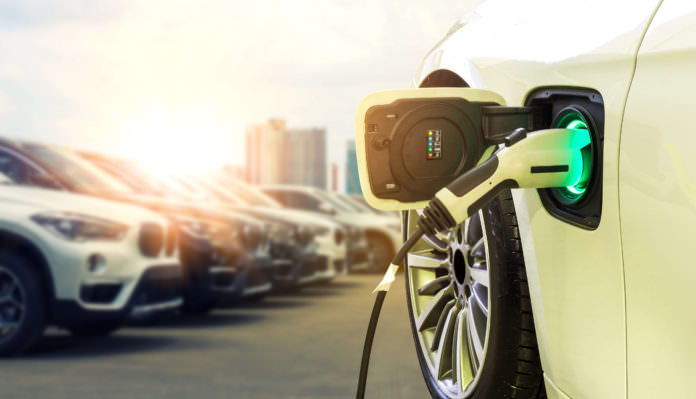
Zero Emission Vehicle Program
In 2020, there should be an estimated 350,000 electric vehicles (EV) sold in the United States. That will be only about 2% of our vehicles. California, New York and Washington are the top three sellers of EVs, in that order. California is also first on the list of states to implement the Zero Emission Vehicle Program (ZEV), which goes a long way toward explaining their high EV sales. The ZEV program requires automakers to sell a certain number of EVs based on their gasoline and diesel vehicle sales. I wish I could say it’s a shock that California is stepping in to tell businesses what they can and cannot sell. Already, nine other states have adopted the ZEV program:
- Connecticut
- Maine
- Maryland
- Massachusetts
- New Jersey
- New York
- Oregon
- Rhode Island
- Vermont
Several other states are even now considering implementing the program.
Manufacturing and charging
There is no point in denying that vehicles with zero tailpipe emissions are a wonderful thing, especially for densely populated cities. But how green are they when looked at from a long-range view? There are many aspects to consider, but I’m going to look mainly at their birth and declining years. EVs are now being made to use lithium-ion batteries. The battery making process has a large carbon footprint, but just how large that footprint is really depends on where in the world you are. China is one of the top manufacturers and users of EVs, but Chinese EV battery manufacturers produce 60% more C02 than manufacturers in the United States and the European Union. If China were to adopt our manufacturing processes for EV batteries, they could reduce their factory’s C02 emissions by 66%. If high enough emissions are created during production, it doesn’t matter how cleanly it runs afterward. It will still cause the same or greater emissions than a standard gasoline-powered vehicle.
Charging an EV in America also produces fewer emissions than in countries such as India and Australia. They rely much more heavily on coal-fired power plants. America’s shift toward natural gas produced electricity is going a long way to make EVs more environmentally friendly.
Recycling isn’t worth the cost
Like any rechargeable battery, EV batteries have limited lives. Lithium-ion batteries are the same kind of batteries found in laptops and cell phones. They are recyclable, and they are able to be repurposed before getting to that final stage. When an EV battery is no longer efficient enough to run a car, it still has enough life to help with storing energy for homes that use renewables. They still have enough life in them to store power for those off days that will always come with solar and wind power. But eventually, they do reach a point of uselessness. The only option left for them is recycling.
The process of recycling lithium-ion batteries is costly and not without contamination dangers. If that were not enough, the raw materials regained from the recycling process is around one-third of the cost of doing the recycling. Not good economics. Plus, China and the European Union have passed laws making the EV manufacturers responsible for recycling all the used batteries. I doubt they will do so at a loss. Either they will not bother with the recycling, or they are going to pass that cost on to the consumer.
Some are better than others
So how green are EVs? It really depends on the country you are in. The United States looks to be right in the middle of the pack when it comes to EV environmental friendliness. Keep in mind, though, those lithium-ion batteries need to be replaced every seven to ten years for small cars, and the batteries in trucks and vans will have to be replaced every three or four years. That is a lot of at-a-loss recycling – if all the batteries even get recycled.














